The Best Sleep Trackers for Every Kind of Sleeper
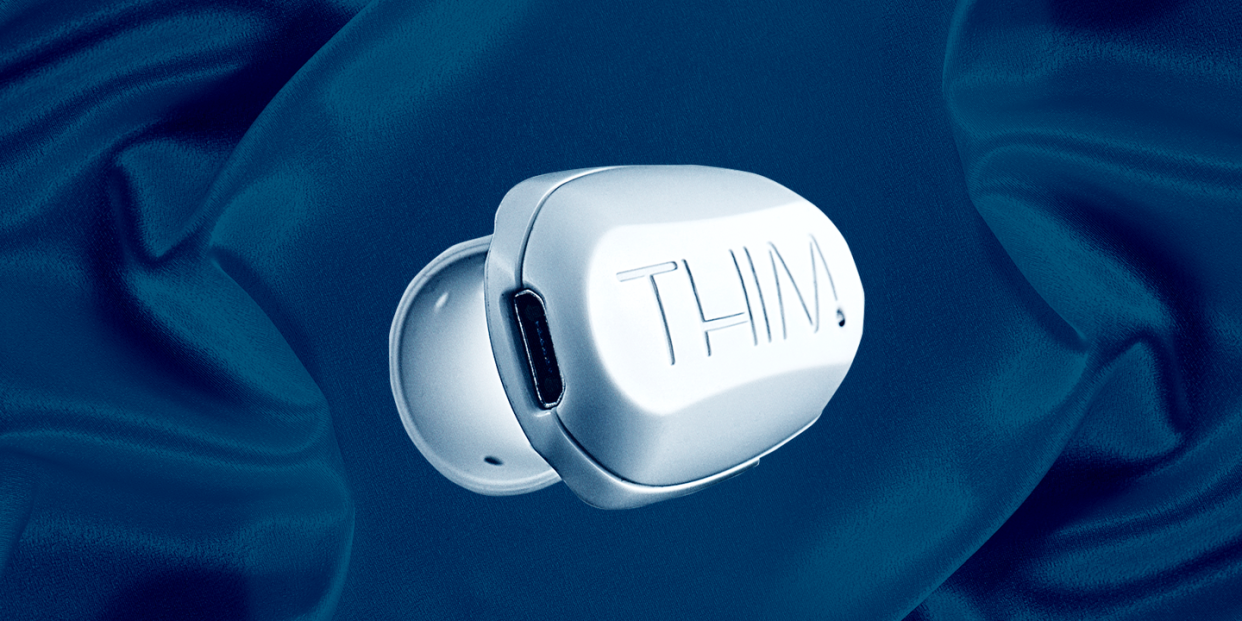
Sure, we could just use the Calm app and its Bob Ross stories to fall asleep. But that’d mean having our phone in bed with us, and one of the reasons we don’t get enough sleep is tech use before bed. Hello, blue light.
Men’s Health Advisory Panel sleep expert W. Christopher Winter, M.D., advises skipping the app and keeping the phone out altogether. "Phones should stay in the kitchen or somewhere else," Winter says.
Instead, he recommends a wearable.
"If someone wants to track their sleep, use a device that you can wear on your wrist or set on your bedside table that won’t chirp at 2:00 a.m. alerting you of a Bed Bath & Beyond coupon in your inbox," Winter advises.
These four sleep trackers are the best in the game. Each awarded wearable works for a different kind of sleeper, helping inform you about the quality of your sleep habits and cycles. Time to get a good rest – and give the snooze button a rest as well.
For the Gym Hound
The Whoop Strap ($180)
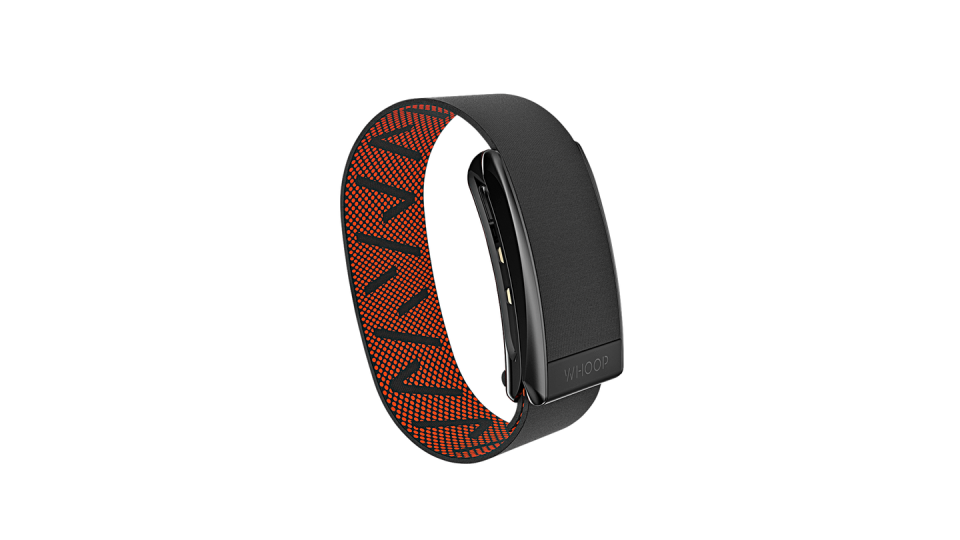
Using data collected from continuously wearing the Whoop strap, the companion app offers sleep, strain, and recovery scores daily and a breakdown every week.
The takeaway: Whoop uses measures like strain (cardiovascular load) and yesterday’s sleep to inform nightly sleep requirements. I rarely get even 70 percent of my daily sleep needs. It’s a stark reminder that I’m letting myself down in the gym by staying up too late at home. -Brett Williams
For the Detail-Oriented
Garmin Vivoactive 3 Music ($299.99)
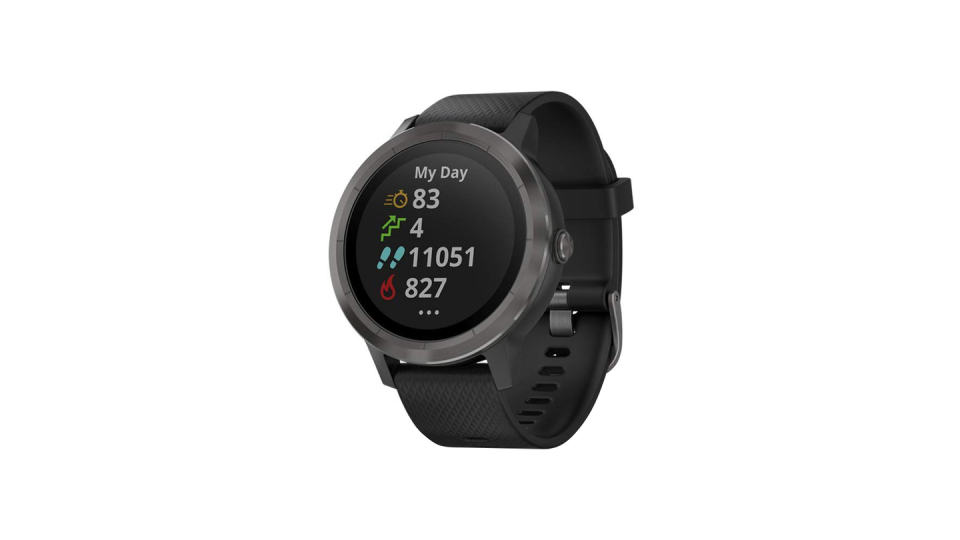
Clocking how many hours of shut-eye you caught in a night was usually the most a smartwatch could deliver with its sleep-tracking technology. But quantifying hours asleep doesn’t mean much if they’re not quality.
The upgrade: The latest update to Garmin’s tracking technology (which you can find on the Vívoactive 3 Music) now monitors REM, light, and deep-sleep cycles so you’re presented with a more accurate reading of the rest you’re getting. -M. G.
For the Early Adopters
Philips SmartSleep Improvement System ($399.99)
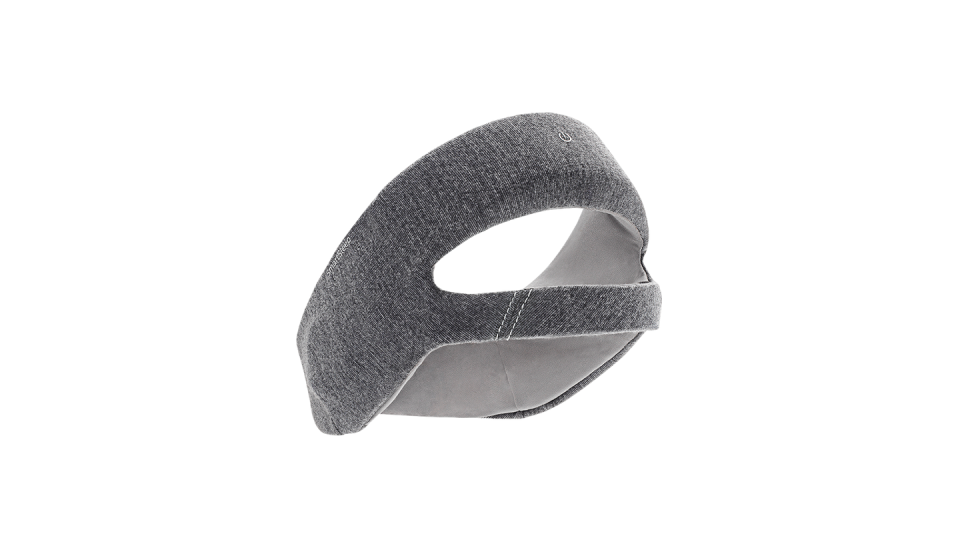
The Philips SmartSleep headband (launching later this fall) isn’t so much a sleep tracker as a sleep optimizer. Wear it as you lie down for the night and the band senses when you enter certain stages of sleep, piping in tones that won’t wake you up but will promote slow-wave activity so you can get more restful sleep.
What you won't get: Help falling asleep. The headband is meant for 18- to 50-year-olds who have no trouble dozing off but just can’t find the time to get more than seven hours of rest. -M. G.
For the Untrained Insomniac
Thim Smart Ring ($199)
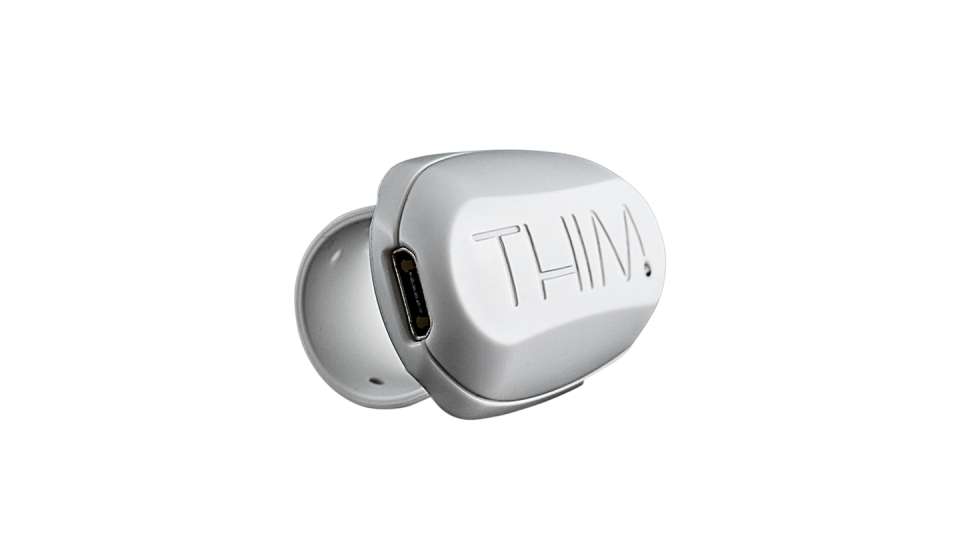
Slip the Thim tracker around the tip of your index finger when going to bed. As soon as you doze off, it buzzes you awake. Why? Because it wants to retrain you how to fall asleep the right way.
The bona fides: Like putting the science and techniques of a sleep clinic around your finger, Thim’s system of “sleep trials” that wake you intermittently over the first hour of sleep, and as you begin to wake up in the morning, are the same reconditioning therapies that have been used to treat insomnia patients for more than ten years. -M. G.
('You Might Also Like',)

